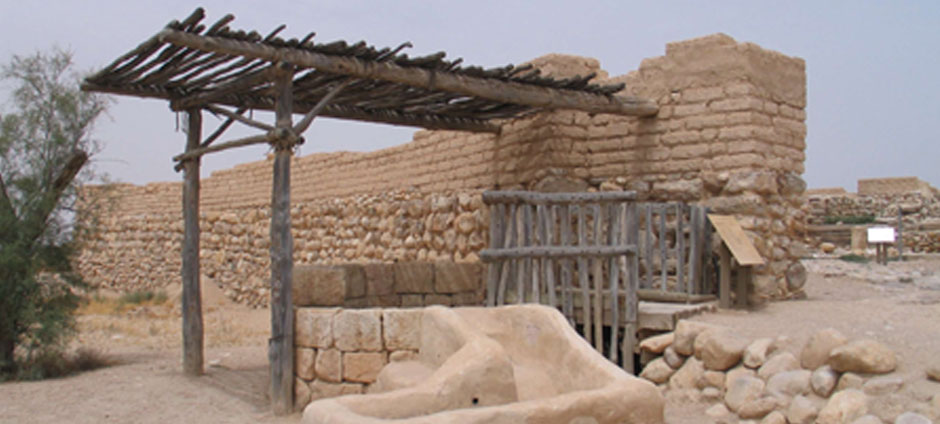
The town was founded by the Israelites during the 10th century BC, on the site of what is today referred to as Tel Be’er Sheva, after the land was conquered by King David. The ruins of the original Israelite settlement remain largely intact. The site was probably chosen due to the abundance of water, as evidenced by the numerous wells in the area. According to the Bible, the wells were dug by Abraham and Isaac when they arrived there. The streets were laid out in a grid, with separate areas for administrative, commercial, military, and residential use.
According to the Hebrew Bible, Beersheba was the southernmost city of the territories actually settled by Israelites, hence the expression “from Dan to Beersheba” to describe the whole kingdom.
Beersheba is mentioned in the Book of Genesis in connection with Abraham the Patriarch and his pact with Abimelech. Isaac built an altar in Beersheba (Genesis 26:23–33). Jacob had his dream about a stairway to heaven after leaving Beersheba. (Genesis 28:10–15 and 46:1–7). Beersheba was the territory of the tribe of Shimon and Judah (Joshua 15:28 and 19:2). The prophet Elijah took refuge in Beersheba when Jezebel ordered him killed (I Kings 19:3). The sons of the prophet Samuel were judges in Beersheba (I Samuel 8:2). Saul, Israel’s first king, built a fort for his campaign against the Amalekites (I Samuel 14:48 and 15:2–9). The prophet Amos mentions the city in regard to idolatry (Amos 5:5 and 8:14).
Following the Babylonian conquest and subsequent enslavement of many Israelites, the town was abandoned. After the slaves returned from Babylon, the town was resettled. During the Roman and later Byzantine periods, the town served as a front-line defense against Nabatean attacks. The last inhabitants of Tel Be’er-Sheva were the Byzantines, who abandoned the city during the Arab conquest of Palestine in the 7th century.


